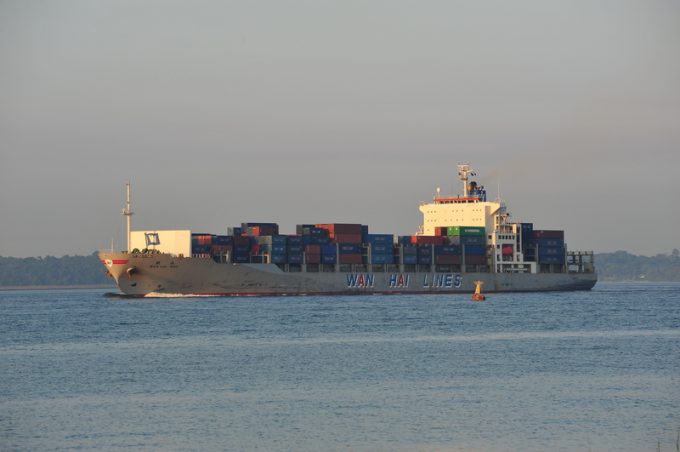Gemini partners still steaming ahead on schedule reliability
Global liner schedule reliability in May reached its highest level for 18 months, with the ...

Growing volumes between China and South-east Asia propelled first-quarter intra-Asia container trade figures.
However, shipping lines are struggling to capitalise as freight rates remain low despite modest gains.
According to Drewry, provisional Q1 intra-Asia data from Container Trade Statistics shows a “prodigious” 23.5% year-on-year jump to 10.8m teu.
“All the ...

Comment on this article